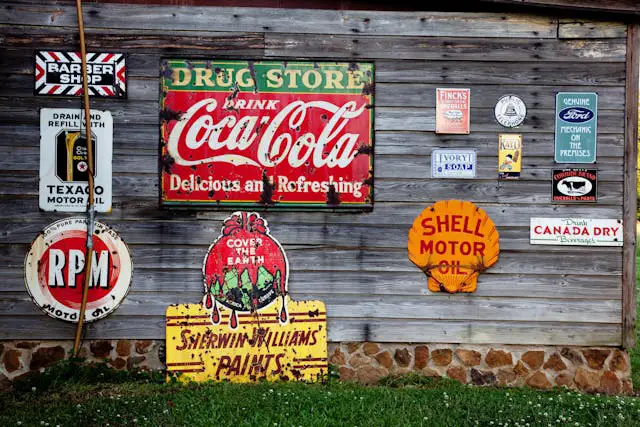
Colors play a pivotal role in advertising by triggering emotions, conveying messages, and influencing our choices as consumers.
Understanding the psychology behind colors in advertising is crucial for businesses aiming to craft impactful campaigns that connect with their intended audience.
In this article, we’ll delve into how colors affect us in advertising, explore the psychology behind major color groups, and provide real-world examples of color psychology in action.
How Colors Affect Us in Advertising
Colors play a significant role in advertising, influencing how we feel, what we notice, and what we remember.
Let’s delve into how colors impact us in various ways, supported by examples and insights into the psychology behind these effects.
- Read also: The Power of Habit: The Science Behind Habitual Buying Behavior
- Read also: Psychology Reveals – Why do you spend so much money on Amazon Prime?
Emotional response
Colors have the power to evoke a wide range of emotions.
This is why advertisers carefully select colors to align with the feelings they want to provoke in their audience.
- Red: Often associated with passion, energy, and urgency, red is a powerful color. It can increase heart rates and create a sense of excitement or intensity.
- Blue: In contrast, blue is associated with calmness, trust, and stability. It’s a color that can make us feel secure and relaxed.
- Yellow: Known for evoking happiness and warmth, yellow can bring a sense of cheerfulness and optimism. Brands like McDonald’s use yellow to create a welcoming and positive atmosphere.
- Green: This color is often linked to nature, health, and tranquility. It can have a calming effect and is frequently used by brands promoting eco-friendly or health-conscious products.
Attention
Colors are crucial in grabbing our attention.
Advertisers use bright and contrasting colors to ensure their ads stand out in a crowded space.
- Bright colors: Colors like yellow and orange are excellent at catching the eye. They are vibrant and can make an advertisement stand out.
- Contrast: High-contrast color combinations, such as black and white or red and yellow, can make text or important information more legible and noticeable.
Memory
Colors can also enhance our ability to remember a brand or product.
This is because our brains are wired to recognize and recall colors more easily than words or shapes.
- Brand association: Certain colors become synonymous with particular brands. For instance, the red color of Coca-Cola is so distinctive that even without the logo, the color alone can remind people of the brand.
- Consistency: Using a consistent color palette across all advertising and branding materials helps reinforce memory.
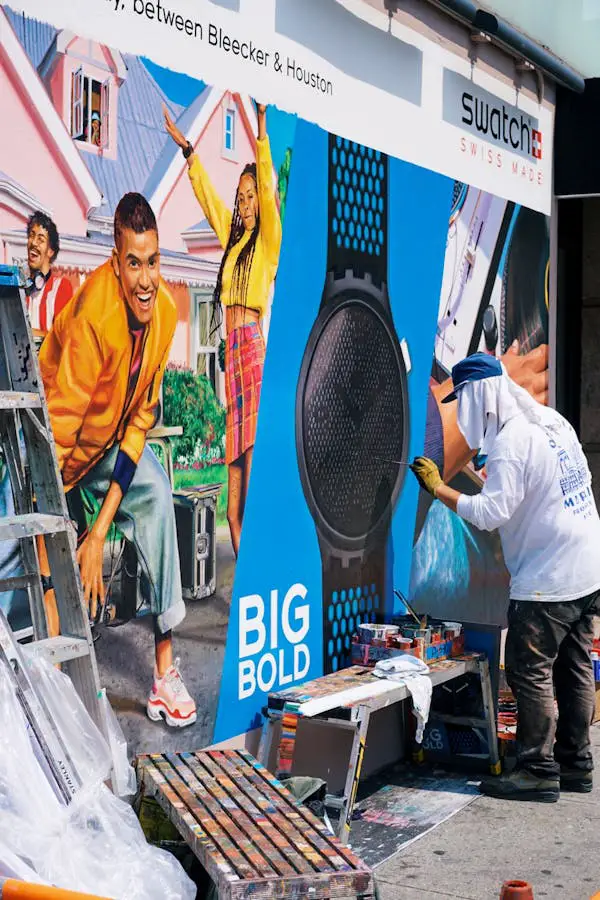
The Psychology of Major Color Groups
Colors have distinct psychological effects on us, influencing our emotions and perceptions in various ways.
Here’s a breakdown of the major color groups and their psychological impacts:
Red
- Associations: Passion, energy, excitement, and urgency.
- Usage: Often used to grab attention in advertisements and create a sense of urgency, commonly seen in clearance sales or food products.
Orange
- Associations: Warmth, creativity, enthusiasm, and energy.
- Usage: Used to evoke excitement and energy, often seen in ads promoting fun activities or innovative products.
Yellow
- Associations: Happiness, optimism, sunshine, and warmth.
- Usage: Creates a sense of joy and positivity, commonly used in ads to convey a cheerful and inviting atmosphere.
Green
- Associations: Nature, growth, harmony, and balance.
- Usage: Evokes calmness and balance, frequently used in ads for environmentally friendly products or health services.
Blue
- Associations: Trust, loyalty, wisdom, and calmness.
- Usage: Conveys reliability and professionalism, often used by banks, tech companies, and healthcare providers to instill trust in their services.
Purple
- Associations: Luxury, creativity, wisdom, and sophistication.
- Usage: Evokes a sense of elegance and creativity, commonly used in ads for luxury goods or products targeting a sophisticated audience.

Examples of Color Psychology in Action
Color psychology is a powerful tool in branding and advertising.
Let’s explore how some well-known brands use colors to influence consumer perceptions and emotions.
Coca-Cola: Red
Coca-Cola is a classic example of how color can shape brand identity.
The company uses a vibrant red in its branding, and this choice is far from random.
Passion and energy
The color red is often associated with strong emotions like passion and energy.
For Coca-Cola, this helps evoke a sense of excitement and liveliness.
When people see the red logo, they might subconsciously feel more enthusiastic and eager to enjoy a refreshing drink.
Attention-grabbing
Red is also an attention-grabbing color.
It’s bold and stands out, making it easier for Coca-Cola advertisements and products to catch the eye in stores or in crowded advertising spaces.
This immediate visibility can help increase brand recall and recognition.
McDonald’s: Yellow
McDonald’s uses yellow prominently in its branding, which can have a warm and positive impact on consumers.
Happiness and optimism
Yellow is often linked to feelings of happiness and optimism.
This is why McDonald’s uses it to create a cheerful and welcoming atmosphere.
The bright yellow arches are not just a logo; they’re a symbol of joy and friendliness.
Warmth and comfort
Yellow can also create a sense of warmth.
When combined with the red in McDonald’s branding, it gives off a comforting vibe, making people feel at home and eager to visit, especially with family and friends.
This emotional connection can encourage repeat visits.
Nike: Blue
Nike incorporates blue into its branding, which conveys a sense of trust and loyalty.
Trust and reliability
Blue is often associated with trustworthiness and reliability.
By using blue, Nike aims to build a sense of confidence and dependability.
When customers see Nike’s blue elements, they might feel assured of the brand’s quality and performance.
Confidence and loyalty
Blue can also foster feelings of loyalty.
For a brand like Nike, which relies heavily on customer loyalty and repeat purchases, this is crucial.
The color blue helps create a long-term relationship with customers who trust the brand to deliver consistent quality.
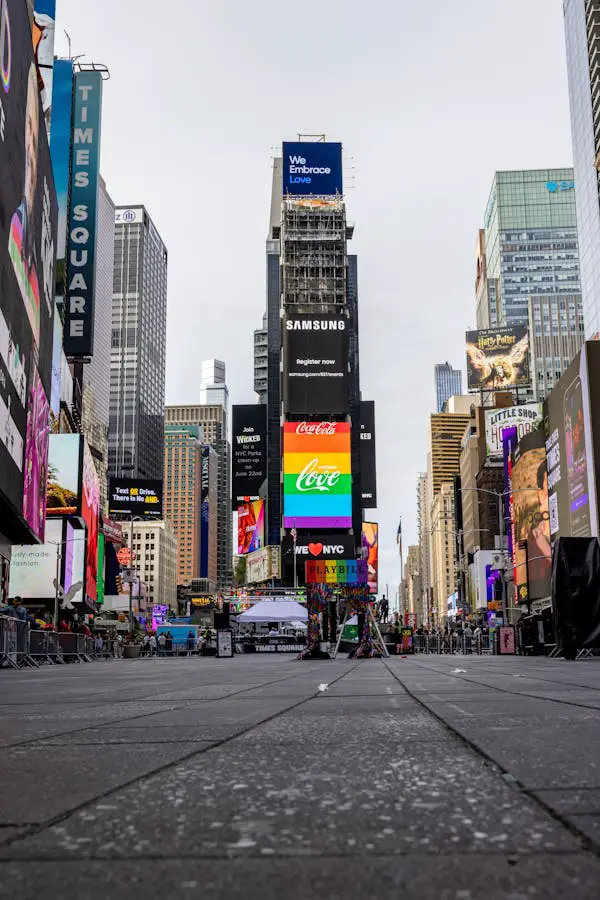
Most Colors to Use in Advertising for Different Industries
The colors used in advertising can significantly influence how consumers perceive a brand and its products.
Different industries benefit from specific colors that align with their brand identity, target audience, and the message they want to convey.
Here’s a look at some effective colors for various industries and why they work.
Food and beverage
- Red: Red is known to stimulate appetite and grab attention, making it a popular choice for food and beverage brands.
- Yellow: Associated with happiness and optimism, yellow helps create a cheerful and inviting atmosphere. McDonald’s uses yellow to enhance its friendly and welcoming vibe.
- Green: Representing freshness and health, green is ideal for brands focused on healthy and natural products.
Technology and gaming
- Blue: Blue conveys trust, authority, and professionalism, making it suitable for tech giants like Facebook and IBM. It helps establish a sense of reliability and credibility.
- Green: Representing innovation and growth, green is used by companies like Apple and Google to emphasize their forward-thinking and creative approach.
- Orange: Associated with playfulness and friendliness, orange is a favorite in the gaming industry. Brands like PlayStation and Xbox use orange to create a fun and engaging image.
Finance and banking
- Blue: Communicating authority, stability, and trust, blue is extensively used in finance. American Express and Bank of America use blue to assure customers of their reliability and security.
- Green: Green symbolizes growth and financial stability, making it perfect for investment firms like Fidelity Investments and Vanguard.
Health and wellness
- Green: Representing health, freshness, and harmony, green is commonly used by health-focused brands like Whole Foods and various yoga studios.
- Blue: Associated with calmness and tranquility, blue is often found in wellness centers, spas, and yoga studios to create a serene and peaceful environment.
Retail and fashion
- Red: Stimulating excitement and passion, red is used by fashion brands like Victoria’s Secret and H&M to attract attention and generate enthusiasm.
- Pink: Associated with femininity and friendliness, pink is ideal for brands targeting a female audience. Victoria’s Secret and Sephora use pink to create a warm and inviting image.
- Orange: Representing playfulness and creativity, orange is used by retailers like Zara and H&M to stand out and appeal to a younger, dynamic audience.
Automotive
- Blue: Conveying trust, authority, and professionalism, blue is used by brands like Ford and Volkswagen to assure customers of their quality and reliability.
- Red: Stimulating excitement and passion, red is the go-to color for high-performance car brands like Ferrari and Lamborghini.
Real estate
- Red: Used to stimulate excitement and passion, red helps real estate companies like RE/Max and Keller Williams attract attention and convey a sense of urgency.
- Green: Representing growth and financial stability, green is ideal for real estate services like Zillow and Redfin, highlighting their focus on helping customers invest in their futures.
Travel and tourism
- Blue: Associated with trust, authority, and professionalism, blue is used by travel companies like Expedia and Airbnb to build trust and encourage bookings.
- Green: Representing nature and adventure, green is popular with national parks and outdoor gear brands, emphasizing the natural beauty and excitement of travel.
Education
- Blue: Used for its association with trust, authority, and professionalism, blue is prevalent in universities and online courses to establish credibility.
- Green: Representing growth and learning, green is ideal for educational software and online courses, highlighting their commitment to helping students grow and learn.
Entertainment
- Red: Stimulating excitement and passion, red is used by entertainment giants like Netflix and ESPN to capture attention and generate enthusiasm.
- Orange: Representing playfulness and creativity, orange is used by brands like Disney and Pixar to convey a fun and imaginative atmosphere.
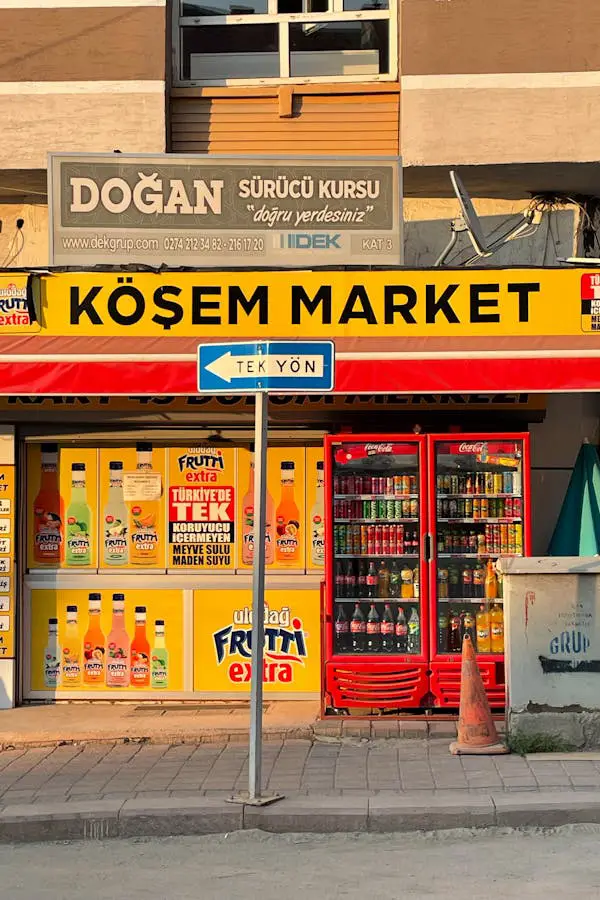
How to Use Color Psychology in Your Ads
Color psychology is a powerful tool in advertising that can influence consumer perceptions and behaviors.
Here’s a detailed guide on how to effectively harness the psychology of colors in your ads:
Understand the basics
Start by familiarizing yourself with the basic associations of colors:
- Red: Evokes excitement, passion, and urgency. It grabs attention and can stimulate appetite.
- Blue: Conveys trust, reliability, calmness, and professionalism. It is often used by brands aiming to establish credibility.
- Green: Represents growth, health, freshness, and harmony. It is ideal for brands promoting eco-friendliness or health-conscious products.
- Yellow: Associated with happiness, optimism, and warmth. It can create a cheerful and inviting atmosphere.
- Orange: Represents playfulness, creativity, and energy. It is used to attract attention and convey enthusiasm.
Choose colors that align with your brand
Select colors that resonate with your brand’s personality, values, and target audience:
- Brand personality: Consider what emotions and traits you want your brand to convey. For instance, if your brand is youthful and energetic, colors like red or orange might be suitable.
- Audience preferences: Understand your target audience’s preferences and cultural background to ensure your color choices resonate with them.
Consider Cultural and Contextual Factors
Be mindful of cultural nuances and the context in which your ads will appear:
- Cultural differences: Colors can have different meanings across cultures. Ensure your color choices are appropriate and respectful in diverse cultural contexts.
- Contextual relevance: Consider where and how your ads will be displayed. Colors that work well in print ads might need adjustments for digital platforms due to differences in lighting and screen settings.
Create emotional connections
Use colors strategically to evoke specific emotions and create connections with your audience:
- Emotional responses: Choose colors that align with the emotions you want to evoke in viewers. For example, blue can create a sense of trust and calmness, which is reassuring in financial services.
- Brand identity: Consistently using specific colors can reinforce your brand’s identity and values, making your brand more memorable and recognizable.
Test and refine
Conduct A/B testing to measure how different colors impact your audience’s response:
- A/B Testing: Test variations of your ads with different color schemes to see which ones perform better in terms of engagement, click-through rates, and conversions.
- Refinement: Use insights from testing to refine your color choices and optimize your ad campaigns for maximum effectiveness.
Use color to enhance message comprehension
Utilize contrasting colors to highlight key elements of your ads:
- Contrast: Use contrasting colors for headlines, calls to action, or important information to make them stand out and improve message comprehension.
- Readability: Ensure that text and graphics are legible against the background color to enhance readability and visual appeal.
Consider the color wheel
Explore unconventional color combinations to make your brand stand out.
Experiment with colors that are unexpected but still align with your brand’s identity and message.
This can help differentiate your brand from competitors and attract attention.
Build brand recognition
Consistently use your chosen colors across all advertising materials and brand assets:
- Consistency: Establish strong associations by using your brand colors consistently in ads, websites, packaging, and marketing materials.
- Recognition: Over time, customers will associate your brand with specific colors, which can enhance brand recognition and loyalty.
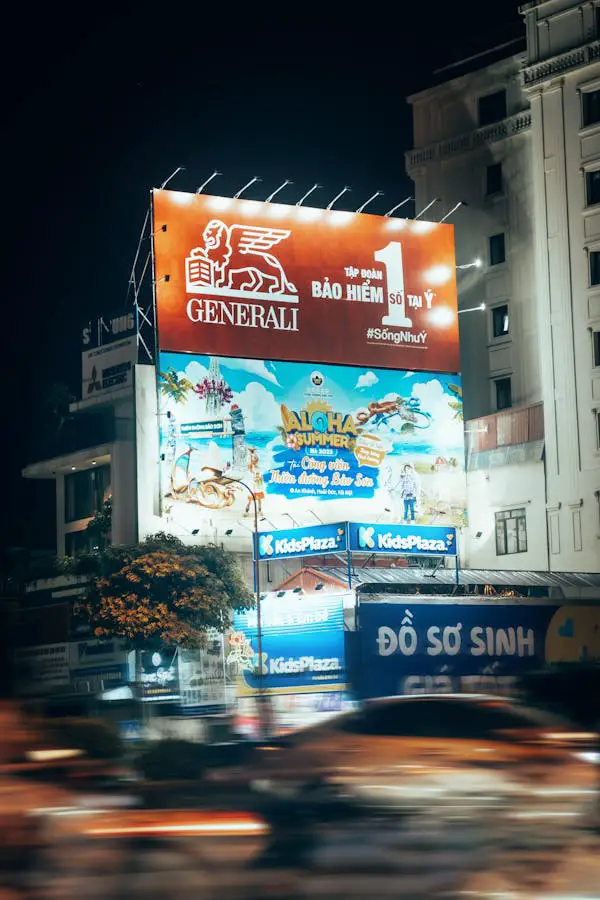
- Read also: Consumer Behavior: Post-Purchase Cognitive Dissonance
- Read also: Psychology of Sales – The Secret How Sellers Encourage To Spend More
Conclusion
Understanding the psychology of color in advertising empowers businesses to create impactful campaigns that deeply connect with their target audience.
By leveraging insights into how colors influence people, businesses can craft ads that leave a lasting impression and achieve meaningful results.
Color psychology is a powerful tool that allows advertisers to evoke specific emotions, convey messages effectively, and ultimately drive engagement and consumer action.



